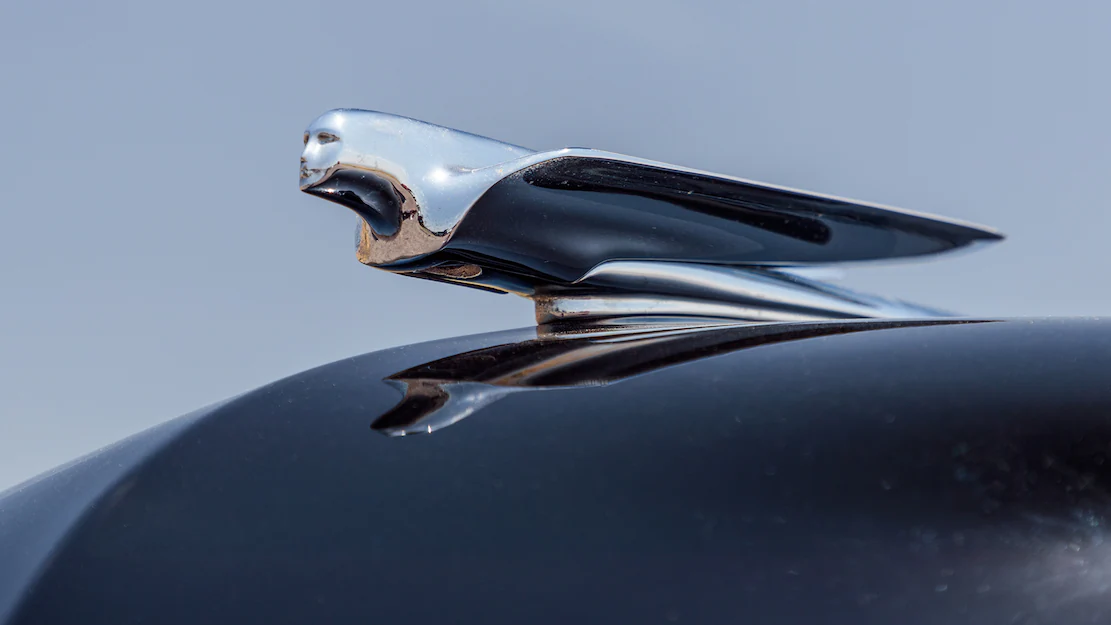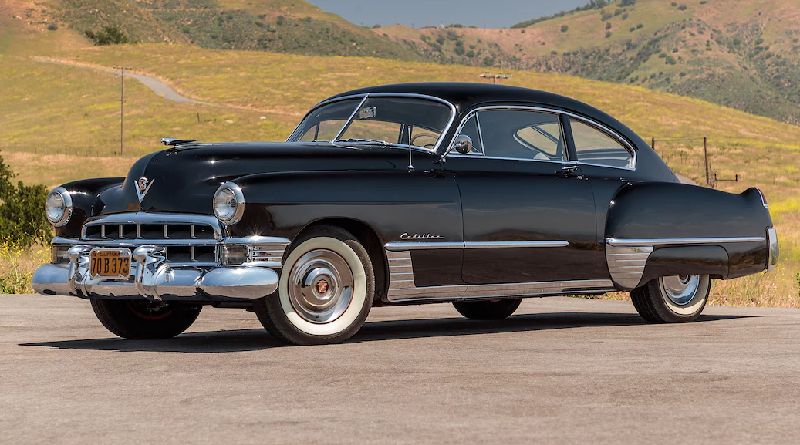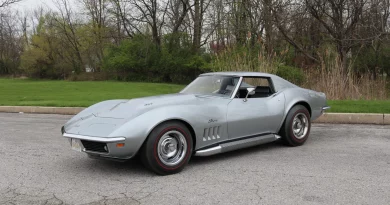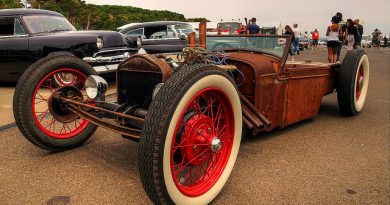1949 Cadillac Series 62 Sedanette
For the 1948 model year, GM designers Harley Earl and Frank Hershey struck gold with their new Cadillac line. Fresh, beautiful styling combined with a well-built chassis and robust, though dated L-head V8 engine. What set the car apart was a subtle design cue that led to one of the most iconic, heavily copied trends in motoring history – the tailfin. The inspiration for the small kicked-up fin at the end of each rear fender came from Lockheed’s P-38 Lightning, America’s finest heavy fighter plane during World War II. One of the most instantly recognizable aircraft in history, it was also one of the fastest and toughest aircraft of WWII, and the unmistakable twin-tail treatment earned it the nickname “fork-tailed devil” among Axis pilots unfortunate enough to encounter it.
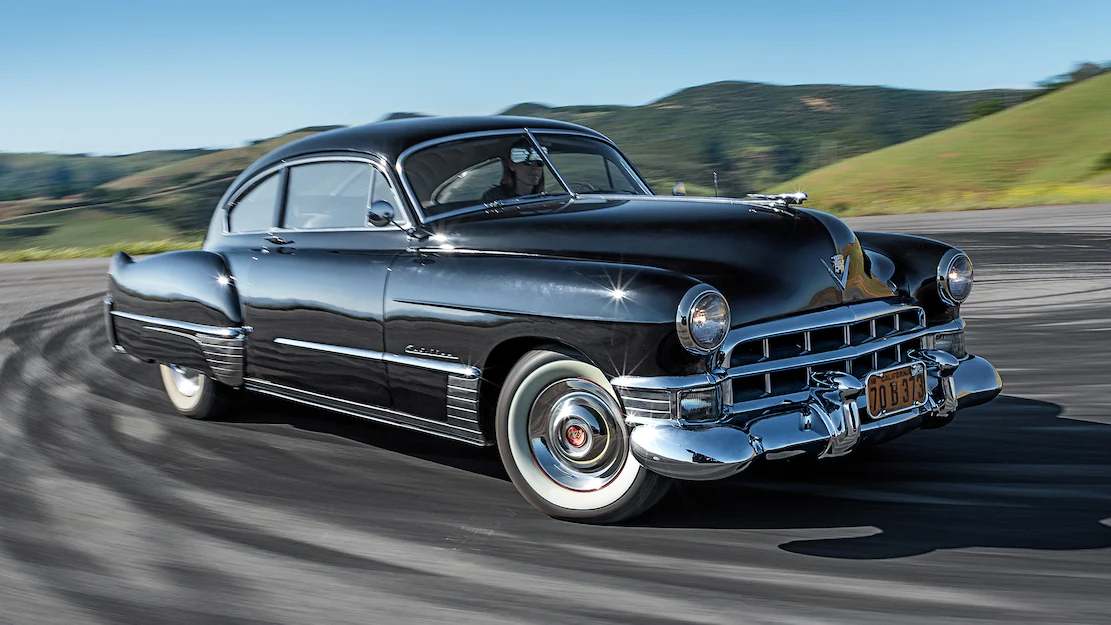
Cadillacs were truly the envy of the world when this 1949 Series 62 sedan was built. Cutting-edge technology, big performance, and unparalleled eye appeal made them unquestionably “the Standard of the World.” Today, they still carry a legendary reputation, and if you’re the sort who likes traditional American luxury, this car combines that big ’50s look with some insanely cool modern tech. The Cadillac lineup, by contrast, introduced a new V-8 that Bond felt truly moved the industry forward. He extolled the virtues of the new overhead valve engine while excoriating other manufacturers for sticking with a flathead design, complete with charts and technical drawings. To Bond’s eye, the gains in fuel efficiency, weight savings, power output, and durability in Cadillac’s new 331-cubic-inch (5.4-liter) pushrod V-8 far outweighed anything Ford or Oldsmobile had done. Weighing nearly 200 pounds less and making 10 more hp than the flathead it replaced, it was the most powerful engine on the market, with 160 hp (sans accessories, which brought it down to 133 hp “as installed”).

The Series 62 received a new body style on the C-body platform beginning in 1948, featuring new tail fins and riding on a shortened wheelbase with a wider track than the previous model. This 1949 is painted black and features a fastback rear design with rear-wheel skirts and a three-piece back window.
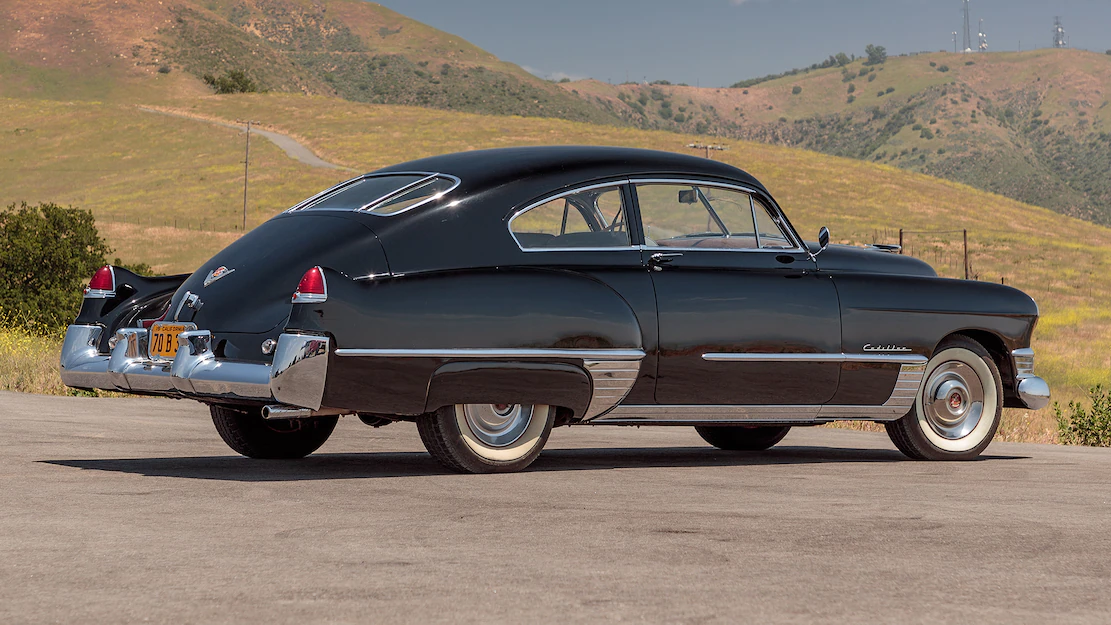
The cabin features two rows of bench seating trimmed in two-tone brown cloth with a matching headliner, carpet, and door trim panels. Amenities include split-folding front seats, crank windows, rear grab handles, a push-button AM radio, and an analog clock. The three-spoke steering wheel features a polished horn ring and frames a 110-mph speedometer flanked by gauges for fuel level, temperature, battery voltage, and oil pressure.

Nineteen forty-nine Cadillacs are some of the best driving and most elegant American cars of the era, and this outstanding example is no exception. It looks gorgeous, performs beautifully on the road, and is sure to satisfy its next long-term caretaker with years of motoring enjoyment.

